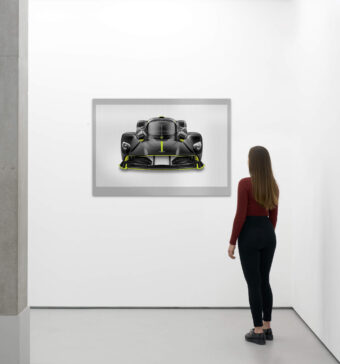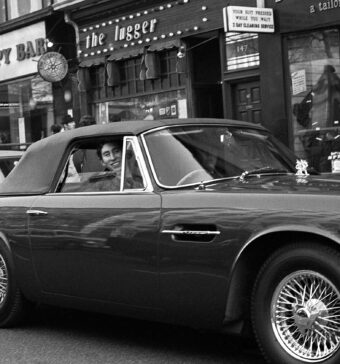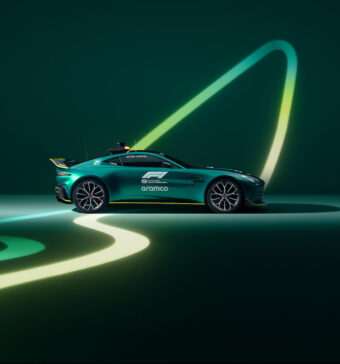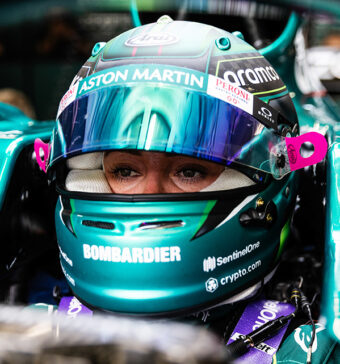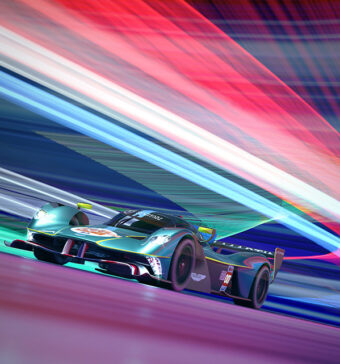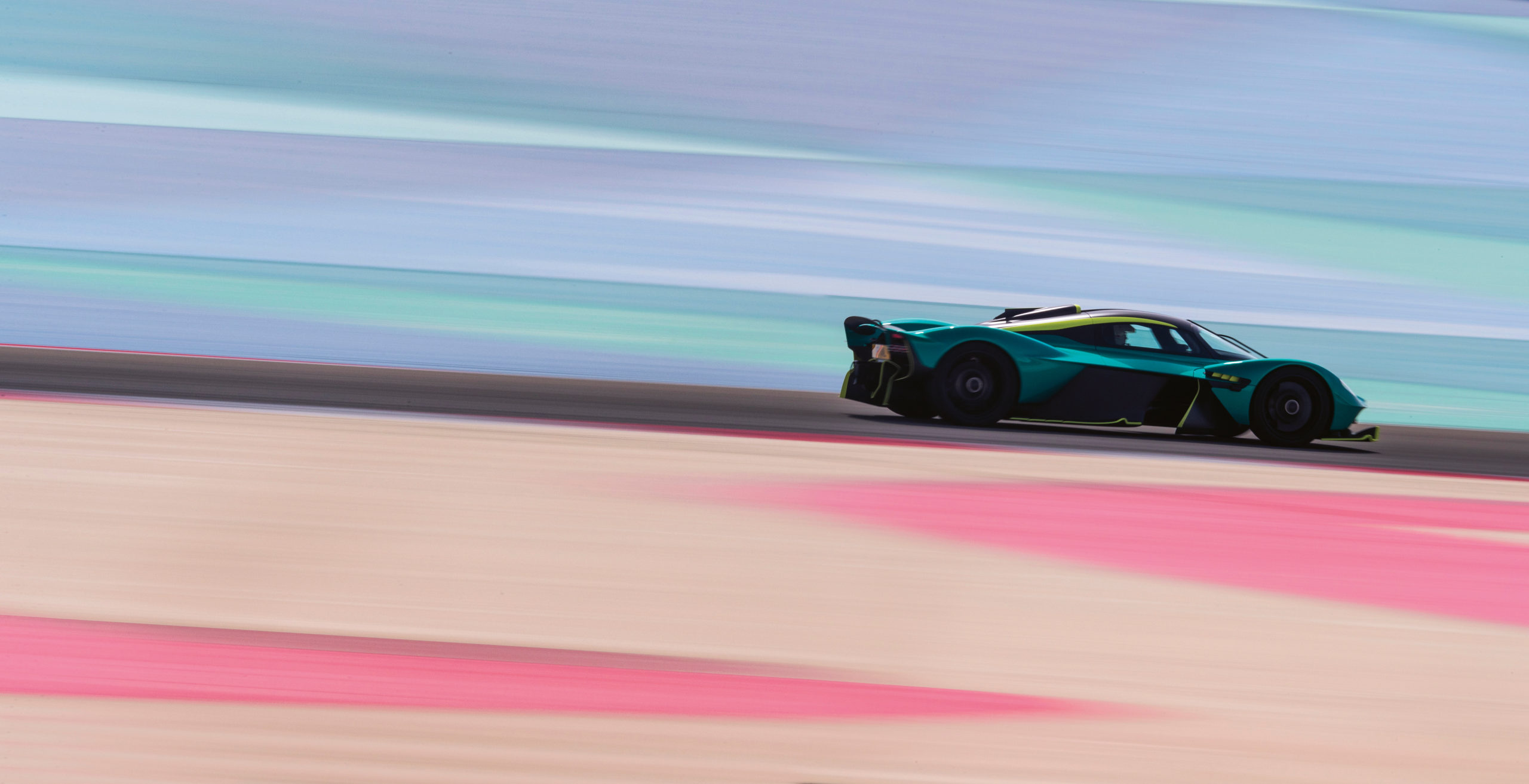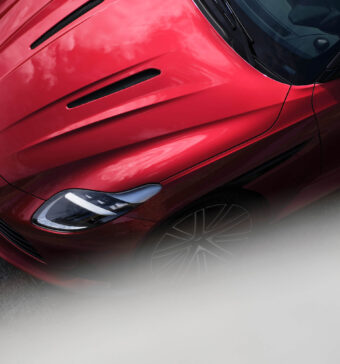Given more time and practice I should be able to locate the KERS button on the Valkyrie’s detachable steering wheel without thinking twice. The road-going version of Aston Martin’s first hypercar features a Kinetic Energy Recovery System, just the same as in Formula 1
However, at 187mph it’s difficult to take my eyes off the countdown markers as I hurtle into the first corner of the Bahrain International Circuit – a track that spearheaded the phenomenon of racing in the desert, hosting the Middle East’s first grand prix in April 2004.
Bahrain was also the location for the inaugural race of the 2023 F1 season, as well as the sport’s preseason testing venue in February. The 3.4 mile circuit was chosen because it is one of the most demanding on the brakes, pushing driver and car to the absolute limit.
Not that the Valkyrie isn’t in pole position to get the same job done. An impossible car made possible through F1 technology, this astonishing machine is as close as you or I might ever come to driving a Formula 1 car on the road.
How similar? F1 drivers Lance Stroll and Fernando Alonso would expect their 2023 Aston Martin AMR23 car to approach the first corner in Bahrain at just over 200mph. Cocooned in the teardrop-shaped cockpit of a Valkyrie I’m travelling almost as fast, with the bonus of air conditioning – and room for a passenger.
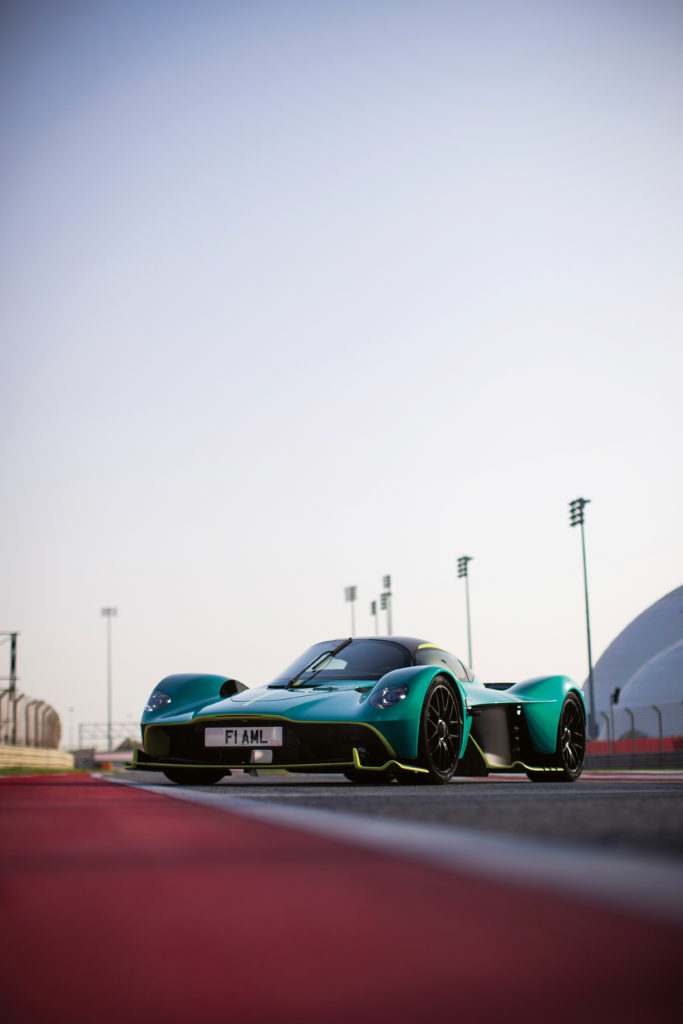
The naturally aspirated, 6.5-litre V12 Cosworth engine screams as I downshift through the gears in Track mode, the most dynamic of three settings. There’s no lazy ‘drive’ button in a 1,139bhp Valkyrie – every change of the specially developed single clutch, seven-speed sequential ‘box is made via paddle-shifters.
Handling is, unsurprisingly, phenomenal. However, it’s the sheer shove-in-the-back power of the coupe exiting the first bend that startles the most. Then comes the V12’s sting in the tail – the extra boost provided by a Rimac-sourced hybrid system. The same 1.7kWh battery pack also powers the Valkyrie’s reverse gear alone.
Of course, I’m nowhere near Stroll or Alonso standards behind the wheel but, having driven two Formula 1 cars in the past, I can fully appreciate why the Valkyrie is a game changer – and why every example of the coupe, spider and track-only AMR Pro have been snapped up by eager enthusiasts.
In the right conditions, the rear-wheel drive Valkyrie will launch from 0–60mph in just 3.3 seconds, racing on to a top speed in excess of 200mph, with a combined torque of 924Nm. Maximum rpm is a headspinning 11,100rpm, yet the car is remarkably simple to use, with mid-engine balance and epic downforce that keep everything firmly glued to the track.
At times I really have to remind myself that Valkyrie is also a car designed for the road – I promise that before too long you will see one Instagrammed from the streets of Knightsbridge and New York. It has space for number plates, a pair of rear-view door mirrors (admittedly a streamlined and aerodynamic camera system), direction indicators and a ‘must have’ full suspension lift for creeping over speed humps.
In fact, much of the Valkyrie is otherworldly. Back in the pitlane, I climb out of the low-slung cockpit feeling exhilarated, more like an astronaut returning to Earth than a driver. Some of the space-age technology employed in the car will feature in a new generation of Aston Martin models too.
That’s because apart from the Top Trump-winning performance figures, Valkyrie is a tour de force of engineering expertise, pushing the boundaries of modern car design. There isn’t a single steel component in the structure, which is 100 per cent carbon fibre. The magnesium alloy wheels weigh less than the tyres – even the high-level rear brake light is the smallest in the world at 6.5mm wide.
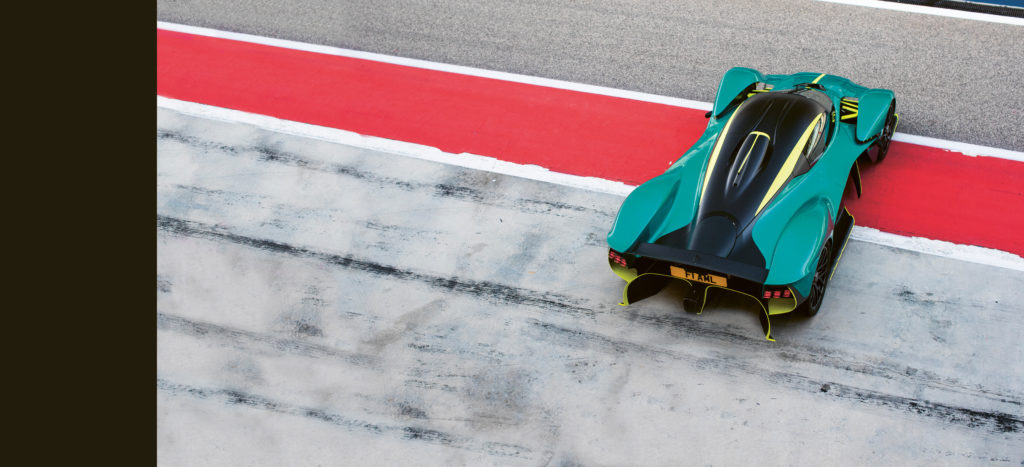
Valkyrie is the first car to feature 3D printed parts in the headlights, a specially developed, wafer-thin Aston Martin badge just 40 microns thick to reduce drag, plus fantastically efficient aluminium brakes. Aston Martin used so much lightweight titanium in the design that the Ministry of Defence actually queried what such quantities were being used to build.
Perhaps most remarkable is F1 guru Adrian Newey’s radical design, using a striking aerodynamic exterior and an open underfloor. Two channels large enough to hide a couple of adults pass around the cockpit, giving the Valkyrie a hollowed-out appearance from certain angles.
And it’s not just for show, the vents serve up air to the car’s massive rear diffuser and cool other systems. The resulting downforce of up to 1,100kg at 150mph has just helped keep me on the Bahrain circuit.
Few cars achieve mythical status but, in years to come, I suspect the barnstorming Aston Martin I’ve just driven in Bahrain will be one. The most eagerly awaited hypercar of the new millennium has landed.
Watch the Aston Martin Valkyrie on the Bahrain F1 track:







